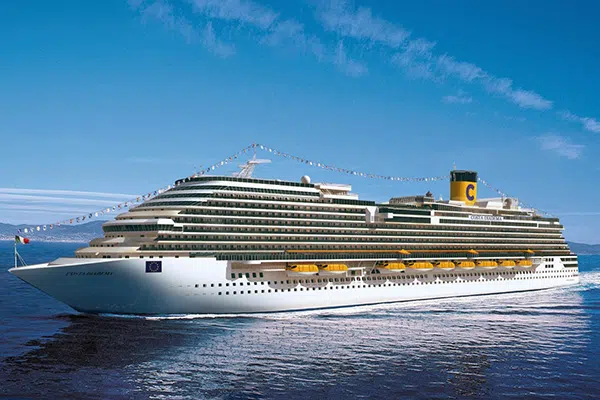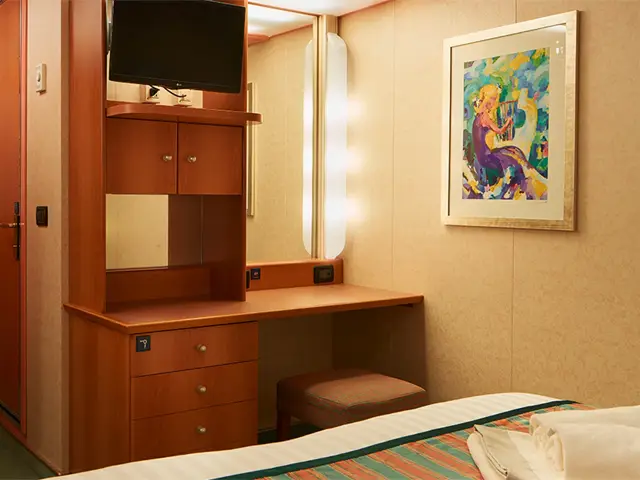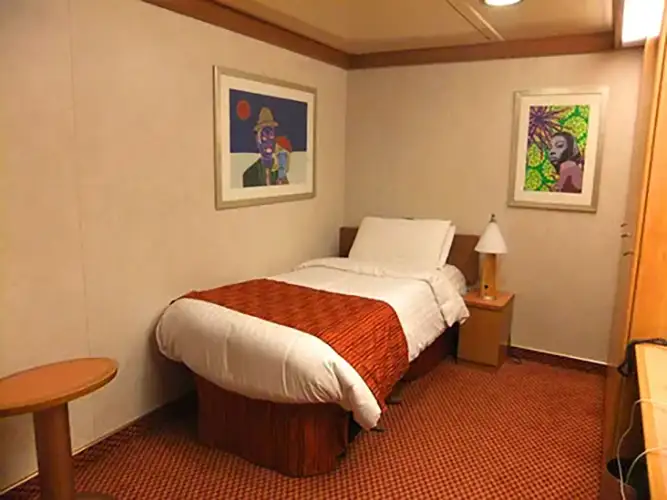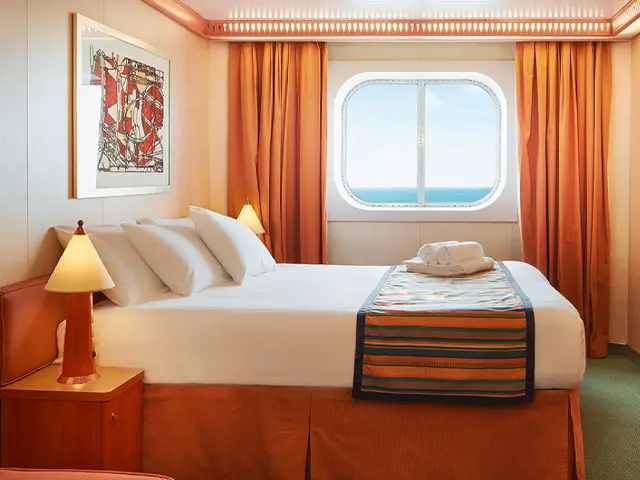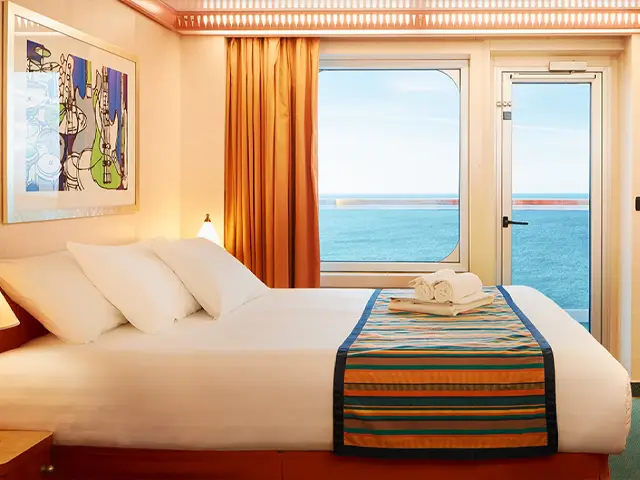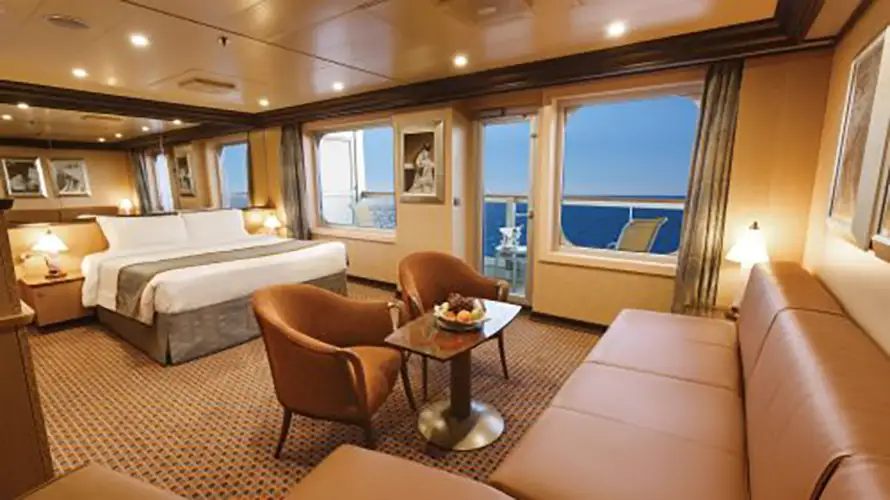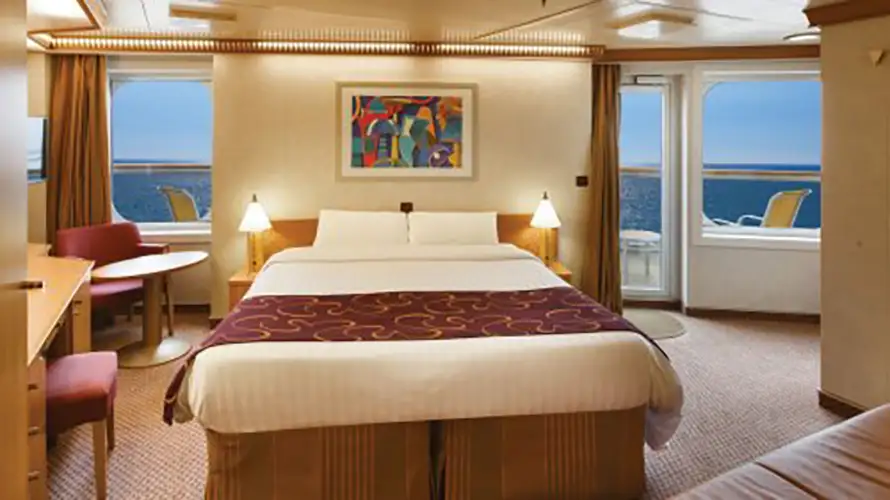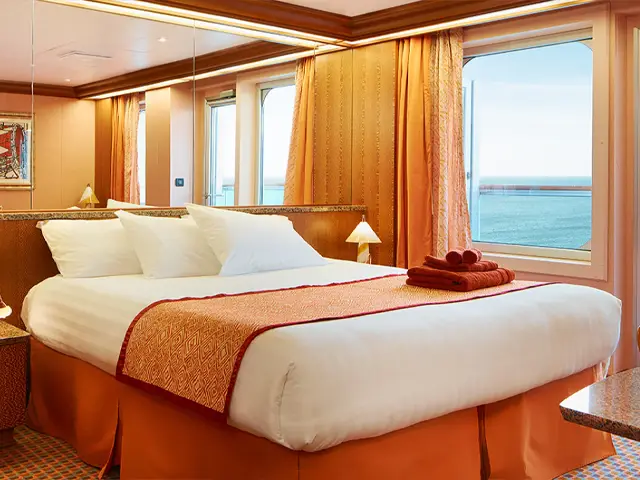Costa Cruises: 17 nights from Fortaleza with Costa Diadema (26 Apr 2025)
Ocean Cruises: Brazil, Spain, Portugal, France, United Kingdom, Netherlands
Enter the number of occupants and age to view cabin prices
Cruise itinerary
-
Saturday, 26 April 2025 - 06:00Fortaleza
-
Sunday, 27 April 2025 -- --Navigation
-
Monday, 28 April 2025 -- --Navigation
-
Tuesday, 29 April 2025 -- --Navigation
-
Wednesday, 30 April 2025 -- --Navigation
-
Thursday, 1 May 2025 -- --Navigation
-
Friday, 2 May 2025 -- --Navigation
-
Saturday, 3 May 2025 08:00 - 04:00Santa Cruz de Tenerife
-
Sunday, 4 May 2025 09:00 - 05:00Funchal
-
Monday, 5 May 2025 -- --Navigation
-
Tuesday, 6 May 2025 07:00 - 04:30Cadiz
-
Wednesday, 7 May 2025 10:00 - not foundLisbon
-
Thursday, 8 May 2025 not found - 01:00Lisbon
-
Friday, 9 May 2025 08:00 - 04:00Vigo
-
Saturday, 10 May 2025 -- --Navigation
-
Sunday, 11 May 2025 10:00 - 09:30Le Havre
-
Monday, 12 May 2025 07:00 - 06:00Southampton
-
Tuesday, 13 May 2025 02:00Rotterdam
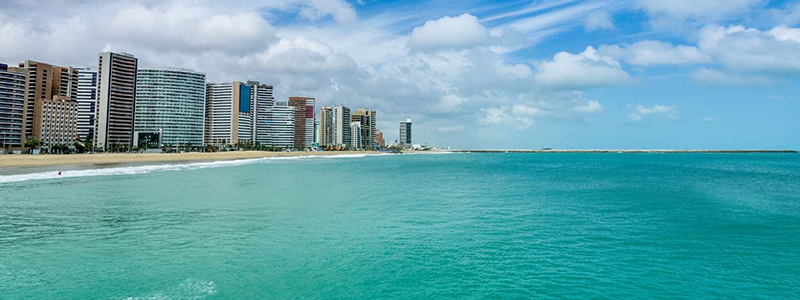
Fortaleza
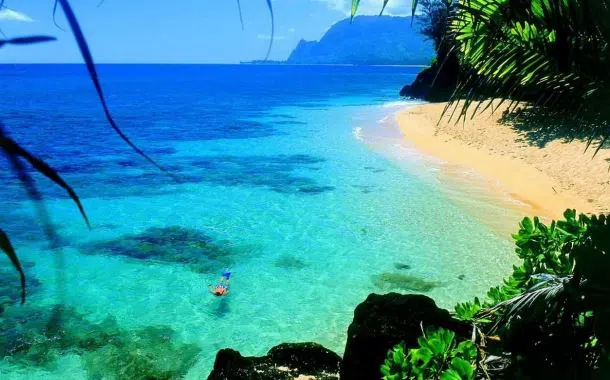
Santa Cruz de Tenerife
Santa Cruz de Tenerife, the capital of Tenerife, is located in the north-east of the island. Its pleasent climate and commercial areas make the city the perfect place for walking and enjoying long hours of relaxation. There are lots of things to visit in the city such as its avenues, parks and Henry Moore's most famous sculptures, hidden treasures and historic buildings such as the Church of the Conception or the Carta Palace.
Do not miss the opportunity to taste local cuisine. Santa Cruz de Tenerife is a beautiful port located in Tenerife, the largest of the western islands of the Canary Islands archipelago. In the area around the port, there are wide avenues, squares, exotic green areas and some examples of modern architecture. At the heart of the city, near the sea, there is Plaza de España, built in the mid-20th century and once the site of the San Cristobal Castle (16th century).
The oldest part of the city is rich in religious monuments. The construction of the Church of San Francisco, one of the best examples of the Baroque style, began in the 17th century. The Church of Pilar, dated back to the 18th century, stands on the remains of an ancient temple. The city has also some green areas filled with exotic tree species. The Garcia Sanabria Park houses an important outdoor Sculpture Museum.
Another not to be missed place is the Maritime Park, a recreational area designed by architect César Manrique and located in the old Canary Islands commercial basin. Also known as the Black Castle, this circular defensive bastion was built in the first half of the 17th century with volcanic stones. From a naturalistic point of view, Tenerife is an island of contrasting landscapes. The wide beaches of fine sand in the south of the island give way to lush vegetation in the north.
Every year, the outfits of the island's capital prepare to host Carnival, declared International Tourist Interest and one of the most spectacular in Spain. Its privileged location makes it possible to enjoy beautiful beaches such as Las Teresitas, get to know the city of San Cristóbal de La Laguna, declared a UNESCO World Heritage Site, or visit Teide National Park, the symbol of the island.
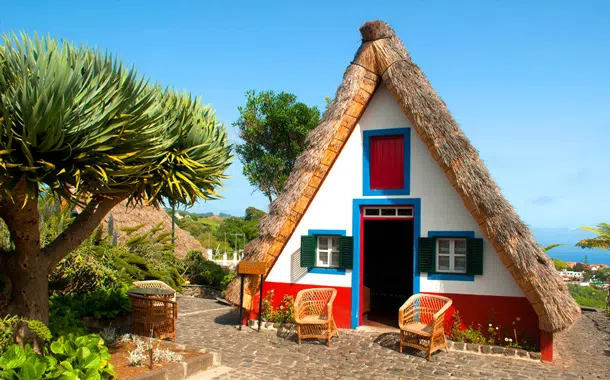
Funchal
The famous Portuguese poet, Júlio Dinis described Funchal as: ‘The sea on one side, the mountains on the other and between these two majestic splendours, the city smiles like a sleeping child, safe and warm, between its parents’. Funchal, the capital of the Portuguese island of Madeira is the soul of Portugal. Settlers over 500 years ago were attracted to this sheltered place, which is structured like a natural ‘amphitheatre’. Gentle slopes, abundant greenery and flowers, rise above the pretty harbour for almost 1,200 metres. The port is located 15-minute walk from the city center, in Funchal's magnificent bay with its sparkling blue waters. Due to its strategic mid-Atlantic location, Madeira has been a stopover point for ocean-going ships for many years.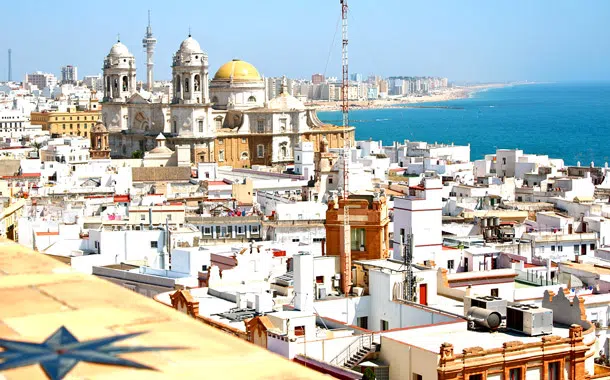
Cadiz
Cadiz is a port city with wide boulevards, squares and gardens with an atmosphere rich in history
Cadiz is an elegant city offering buildings dated back to XVIII and XIX Centuries. The City has a long and charming history: discover its monuments, the museums and all the amazing places where you can taste good food and have a drink. What makes Cadiz special it’s the people that are open, have a great culture and are independent. The majority of them enjoy life and the company of their friends in the many bars and squares of the city.
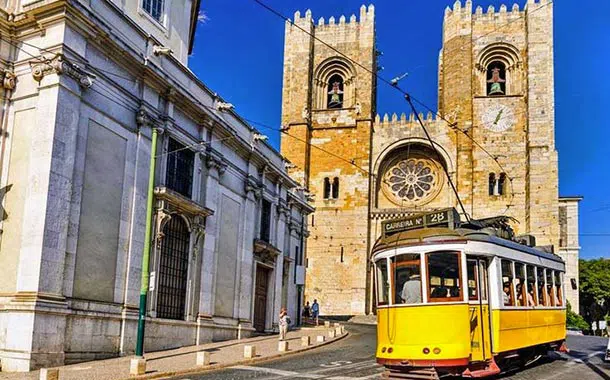
Lisbon
Perched on steep slopes overlooking the Rio Tejo, Lisbon offers all the pleasures one would expect from Portugal's main attraction. The capital of Portugal, Lisbon (Lisboa in Portuguese) has experienced a great development in recent years, with a thriving contemporary culture. Perched on the coast of the Atlantic Ocean, Lisbon is one of the rare European cities that faces the ocean and uses water as a defining element of the city. Lisbon enchants travellers with its white limestone buildings, intimate alleys and an old-world charm that makes it a popular year-round destination.
Lisbon
Perched on steep slopes overlooking the Rio Tejo, Lisbon offers all the pleasures one would expect from Portugal's main attraction. The capital of Portugal, Lisbon (Lisboa in Portuguese) has experienced a great development in recent years, with a thriving contemporary culture. Perched on the coast of the Atlantic Ocean, Lisbon is one of the rare European cities that faces the ocean and uses water as a defining element of the city. Lisbon enchants travellers with its white limestone buildings, intimate alleys and an old-world charm that makes it a popular year-round destination.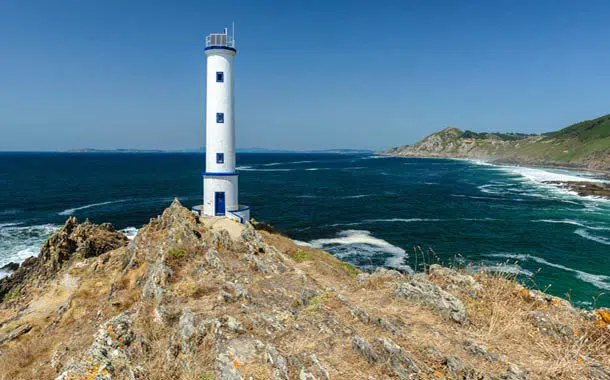
Vigo
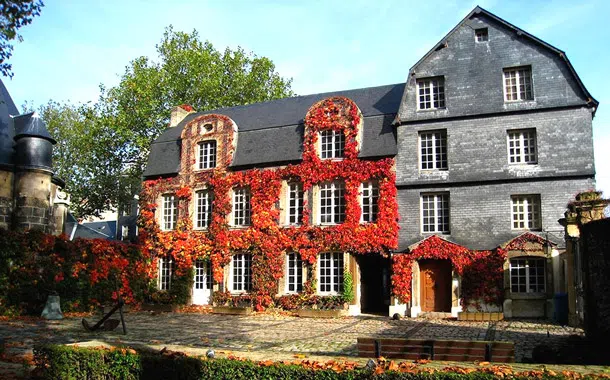
Le Havre
Le Havre is worth a visit, not only as a stopover on the way to Paris or other inland destinations, but also as one of the great examples of post-war planning. It is a strange and strangely fascinating city, listed by
Unesco as a World Heritage Site.
Wandering through the streets of the seaside town of Le Havre, one might think one had stumbled upon a forgotten outpost of the Eastern Bloc. Obliterated by World War II bombings, the city was completely rebuilt by the Belgian architect Auguste Perret and, what emerged from the ashes of old Le Havre, is a kind of love letter to concrete: endless rows of blocks of buildings, straight avenues stretching out from the central square, dominated by the 100 m high 'Stalinist Baroque' style cathedral, looks like something straight out of the pages of '1984'.
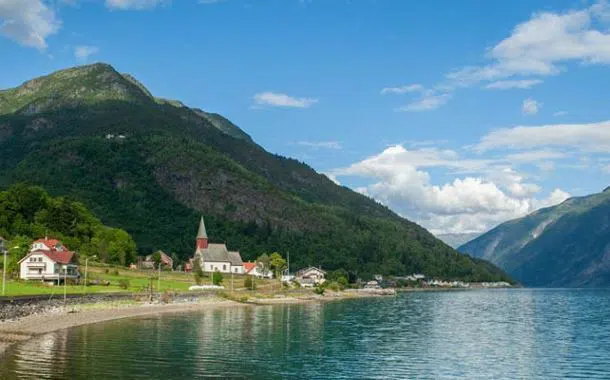
Southampton
Southampton is a city positioned in the South of Great Britain and its port is one of the main ports in Europe. From the port of Southamptos it is possible to set sail for a Cunard transatlantic cruise and reach New York, or visit Amsterdam and Belgium with an MSC cruise. The city offers, further to the New Forest National Park, a wide natural park with its suggestive woods, also many museums and art galleries and remarkable architectural works. Noteworthy is King John’s Palace, of Norman origins as well as the old walls with 7 entrances to the city. An evidence of the Victorian Age is Tudor House, collecting objects dated back to that period. For the art lovers, Southampton City Art Gallery offers exhibitions of any kind of art, from drawing to photography with shows that attract many visitors.
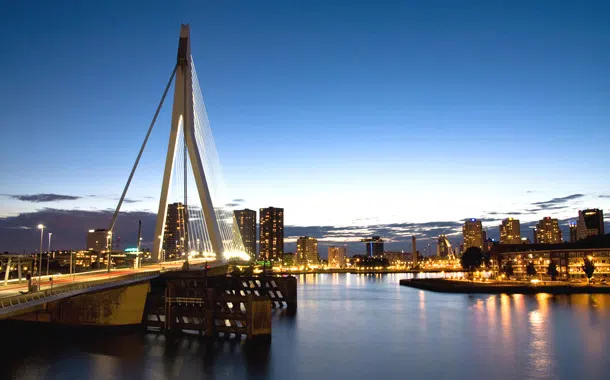
Rotterdam
Rotterdam, the second largest city in Netherlands, was destroyed during World War II and it was rebuilt some decades after. Because of the war, classic medieval Dutch architecture was washed away along with the other rubble and debris of war. Despite destruction, as a result of the city's postwar, postmodern philosophy, the city has developed an architectural aesthetic that is unique in Europe.
In fact, Rotterdam is known as a city rich in history and architecture. In the few square kilometers of the city center, you have a comprehensive overview of what the 20th century produced in terms of modern architecture. Thanks to its position, the city has always been a meltingpot of people and it is still known as a multicultarl city.
